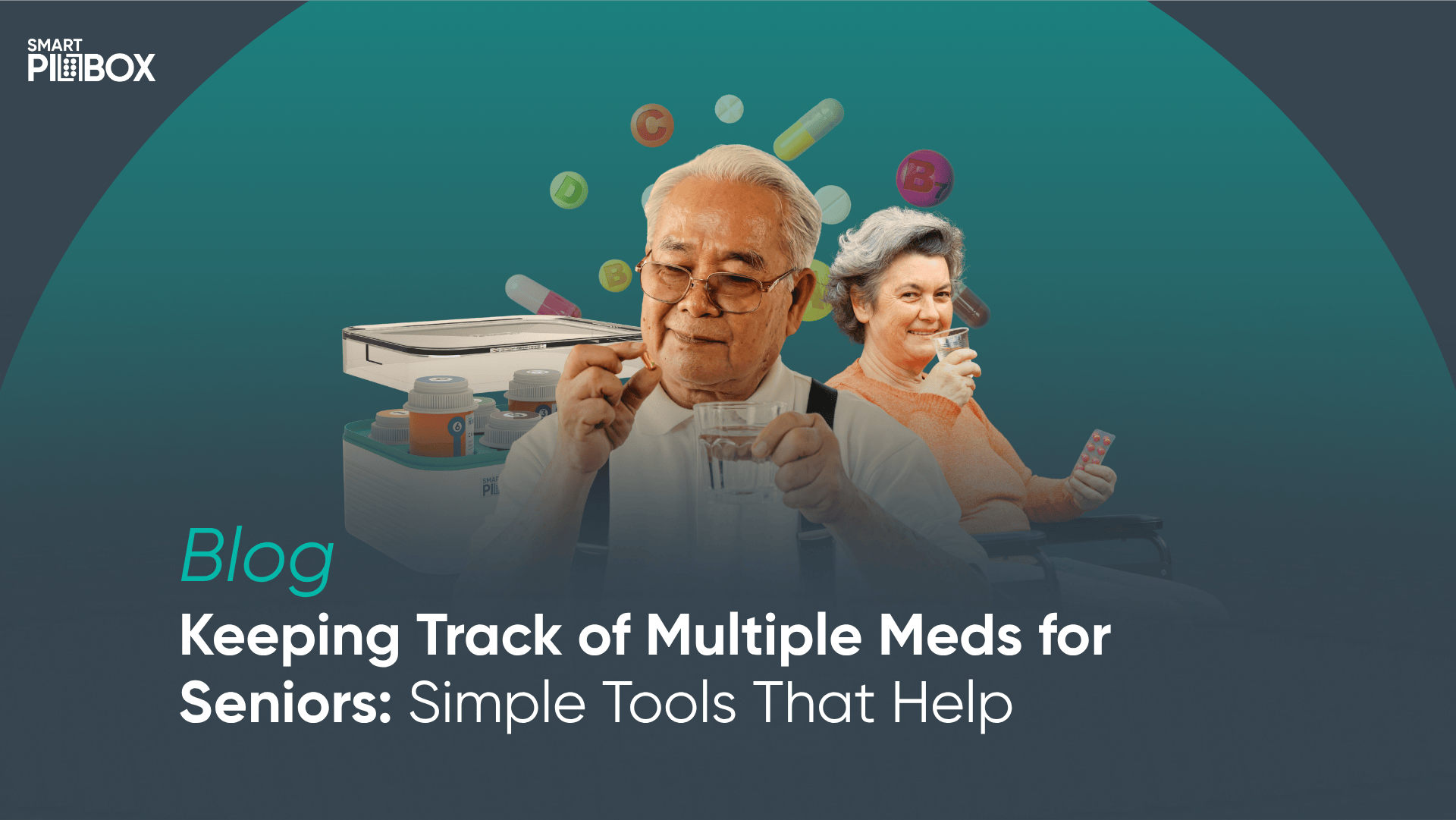Staffing Shortages in Care Homes? Why Automation Is Helping Fill the Gaps
It’s no secret that care homes across the globe are grappling with one of their biggest crises in decades—staffing shortages. From nurses to caregivers, the gap between available staff and patient needs has widened dramatically post-pandemic. The care home staffing shortages are not just a logistical nightmare—they’re a serious threat to patient safety, morale, and long-term care quality.
The Staffing Crisis by Numbers
According to a 2024 report by the World Health Organization, there’s an estimated global shortfall of 10 million healthcare workers. In the UK alone, over 165,000 vacancies were reported in the adult social care sector. The U.S. isn’t far behind—data from the American Health Care Association notes that 94% of nursing homes are experiencing staffing challenges, with many forced to limit new admissions due to inadequate staff.
While increasing wages and improving working conditions are important long-term solutions, they take time to implement. What’s needed now is an immediate support system that can prevent staff shortages with automation in care homes, boosting care without burning out the few staff members who remain.
Why Automation Is the Unsung Hero of Care Homes
Automation in care facilities is often misunderstood. It’s not about replacing people—it’s about helping them do their jobs more effectively. Care home automation solutions are designed to handle repetitive, time-consuming, and error-prone tasks, allowing human caregivers to focus on where they matter most: compassionate, one-on-one care.
For instance, instead of manually managing dozens of prescriptions, facilities can now rely on medication automation in care homes—where doses, timings, and records are handled digitally and accurately, with minimal staff intervention.
This isn’t just about convenience. It’s about reducing staff burnout senior living automation. When staff no longer need to check medication logs manually, or chase down misplaced pill boxes, they gain hours back every week—time they can now spend attending to patients emotionally and physically.
The Role of Digital Tools in Medication Management
One of the most critical areas in care homes is medication. A misstep here can be fatal. The average care home resident takes 8–10 medications a day. Multiply that by 100 residents, and the math is staggering. It’s no wonder that errors happen—especially when the workforce is stretched thin.
Enter digital medication management for care homes. These systems track, log, and alert staff for every single medication activity. From reminding residents to take their pills, to providing an audit trail for every dose administered, the efficiency gains are massive.
Even better? These digital solutions are often tied into Remote Therapeutic Monitoring in care homes, giving physicians real-time data to adjust medications remotely. No more waiting for a monthly visit or playing telephone tag with a clinic—everything is streamlined.
Operational Efficiency: More Than a Buzzword
There’s a direct correlation between high-efficiency operations and better patient outcomes. Care home operational efficiency technology not only improves documentation and workflow—it saves lives. From real-time vitals monitoring to predictive analytics that flag early signs of patient deterioration, automation helps staff prioritize care based on urgency.
Automation is also enhancing scheduling, inventory management, and compliance reporting—key areas that used to drain staff energy. With smart dashboards and AI-powered tools, one caregiver can now do what previously took three.
Medication Automation: Not a Luxury, But a Necessity
At the heart of this transformation is medication automation in care homes. It’s not optional anymore—it’s mission-critical. Facilities that fail to adopt these tools not only risk burnout and legal liabilities, but also a lower standard of care for their residents.
Consider the alternative: manual logs, misread prescriptions, skipped doses. With so many moving parts, expecting human caregivers to manage it all flawlessly—especially amidst care home staffing shortages—is simply unrealistic.
That’s where tools like a smart pill dispenser for care homes come in, bridging the gap between medication safety and operational capacity.
So, Where Do We Go From Here?
Automation in care isn’t the future. It’s now. And it’s our best chance to prevent staff shortages with automation in care homes, improve morale, reduce errors, and give residents the dignified, timely care they deserve.
Devices like Smart Pillbox are leading this change—designed specifically to improve medication adherence, reduce manual errors, and support staff in providing high-quality care. With features tied to Remote Therapeutic Monitoring, integrated alerts, and real-time data, these devices aren’t just tools—they’re partners in modern healthcare delivery.


